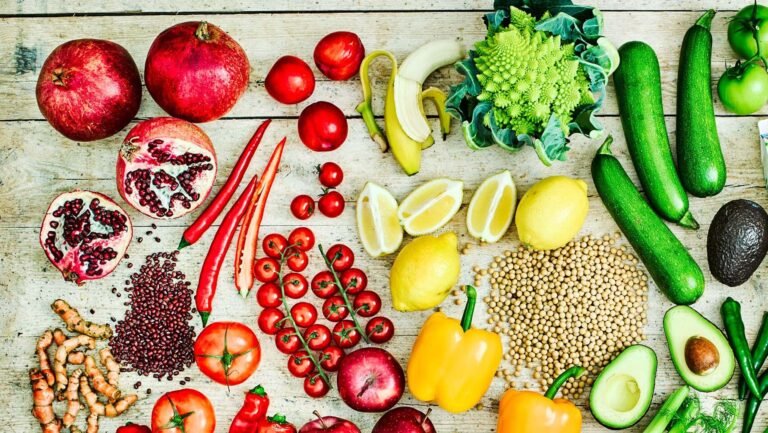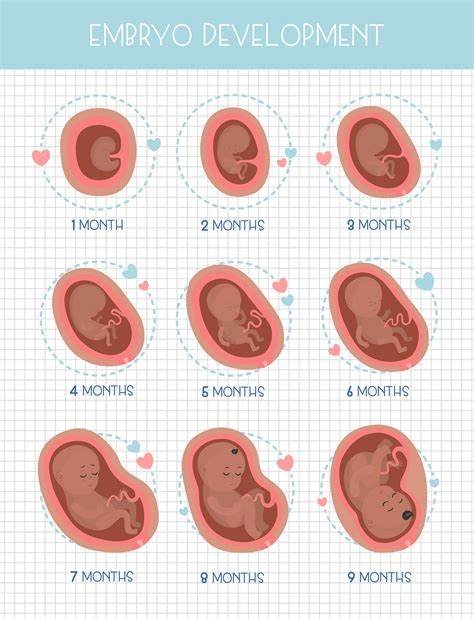
How to Beat Sugar Cravings Effectively
Sugar cravings are a common challenge for many people, often leading to overeating, energy crashes, and even weight gain. While occasional indulgence in sugary treats is normal, frequent cravings can affect your health over time, increasing the risk of conditions like diabetes, obesity, and heart disease. The good news is that with the right strategies, you can manage and overcome sugar cravings effectively. Here’s how to break free from sugar addiction and maintain better energy and overall health.

Understand Why You Crave Sugar
The first step in overcoming sugar cravings is understanding why they happen. Sugar cravings can stem from several factors:
- Blood sugar imbalances: Consuming sugary foods leads to a spike in blood sugar, followed by a crash. This can trigger more cravings for sugar as your body seeks a quick energy boost.
- Emotional triggers: Many people turn to sugar to cope with stress, anxiety, or even boredom. Sugar can temporarily elevate mood, leading to emotional eating.
- Habit and comfort: If you’re accustomed to having sugary snacks throughout the day, your body may develop a habit, causing you to crave sugar simply out of routine.
Identifying the underlying cause of your cravings can help you address them more effectively.
Eat Balanced, Nutrient-Dense Meals
One of the most effective ways to reduce sugar cravings is by eating balanced meals that provide sustained energy. When your body receives the right nutrients, you’re less likely to experience the blood sugar fluctuations that lead to sugar cravings. Focus on:
- Protein: Helps keep you feeling full longer and stabilizes blood sugar levels. Include lean proteins such as chicken, fish, eggs, or plant-based options like tofu and beans.
- Healthy fats: Fats help slow digestion, providing longer-lasting energy. Include sources like avocados, nuts, seeds, and olive oil.
- Complex carbohydrates: These take longer to digest and prevent the rapid spikes and crashes in blood sugar that can trigger cravings. Whole grains, vegetables, and legumes are great sources of complex carbs.
- Fiber: Fiber promotes satiety and slows the absorption of sugar, helping to stabilize blood sugar levels. Fruits, vegetables, whole grains, and legumes are excellent fiber-rich foods.
By focusing on whole, nutrient-dense foods, you’ll reduce the likelihood of experiencing intense sugar cravings throughout the day.
Drink Plenty of Water
Dehydration can sometimes be mistaken for hunger or sugar cravings. When you feel a craving coming on, try drinking a glass of water first. Often, thirst can be the real culprit behind your craving. Staying hydrated throughout the day can also help curb unnecessary snacking and sugar cravings.
Additionally, if you’re craving something sweet, try flavored water with a splash of lemon, cucumber, or a few fresh mint leaves. The refreshing taste can help distract you from sugar cravings.
Find Healthy Alternatives to Satisfy Your Sweet Tooth
If you’re craving something sweet, choose healthier alternatives to sugary snacks and desserts. Some options include:
- Fresh fruit: Fruits like berries, apples, or bananas contain natural sugars and fiber that can satisfy your sweet tooth without the added sugar.
- Greek yogurt with honey: This combination provides protein and a touch of sweetness, keeping you full and satisfied.
- Dark chocolate: Dark chocolate with a high cocoa content (70% or more) contains less sugar and can satisfy chocolate cravings. A small piece is often enough.
- Homemade smoothies: Blend fruits, leafy greens, and a scoop of protein powder to create a nutrient-dense, naturally sweet treat.
These alternatives provide a healthier way to satisfy your sugar cravings without overloading your body with refined sugars.
Practice Mindful Eating
Mindful eating is a technique that encourages you to slow down and pay attention to your body’s hunger and fullness cues. By being more present during meals, you can prevent overeating and reduce the desire for sugary snacks. Try these tips for mindful eating:
- Eat slowly: Take your time to chew and savor each bite. This can help you feel more satisfied and less likely to crave sugar afterward.
- Pay attention to hunger cues: Only eat when you’re truly hungry, and avoid eating out of habit or boredom.
- Focus on food: Minimize distractions, like watching TV or scrolling through your phone, so you can fully enjoy your meal and recognize when you’re satisfied.
Mindful eating helps you become more attuned to your body’s true nutritional needs, reducing emotional or mindless eating that often leads to sugar cravings.
Conclusion
Beating sugar cravings effectively requires a combination of strategies, including maintaining balanced nutrition, staying hydrated, reducing stress, and getting enough sleep. By understanding the underlying causes of sugar cravings and incorporating healthier habits into your routine, you can regain control over your eating patterns and enjoy more stable energy levels. Over time, these habits will help you manage sugar cravings and improve your overall well-being.







